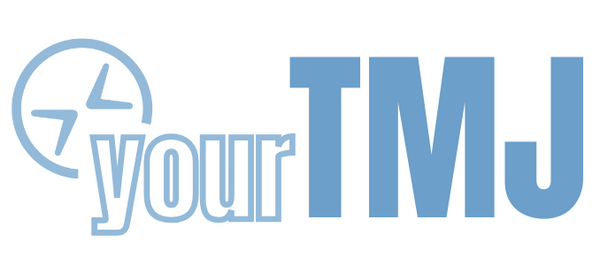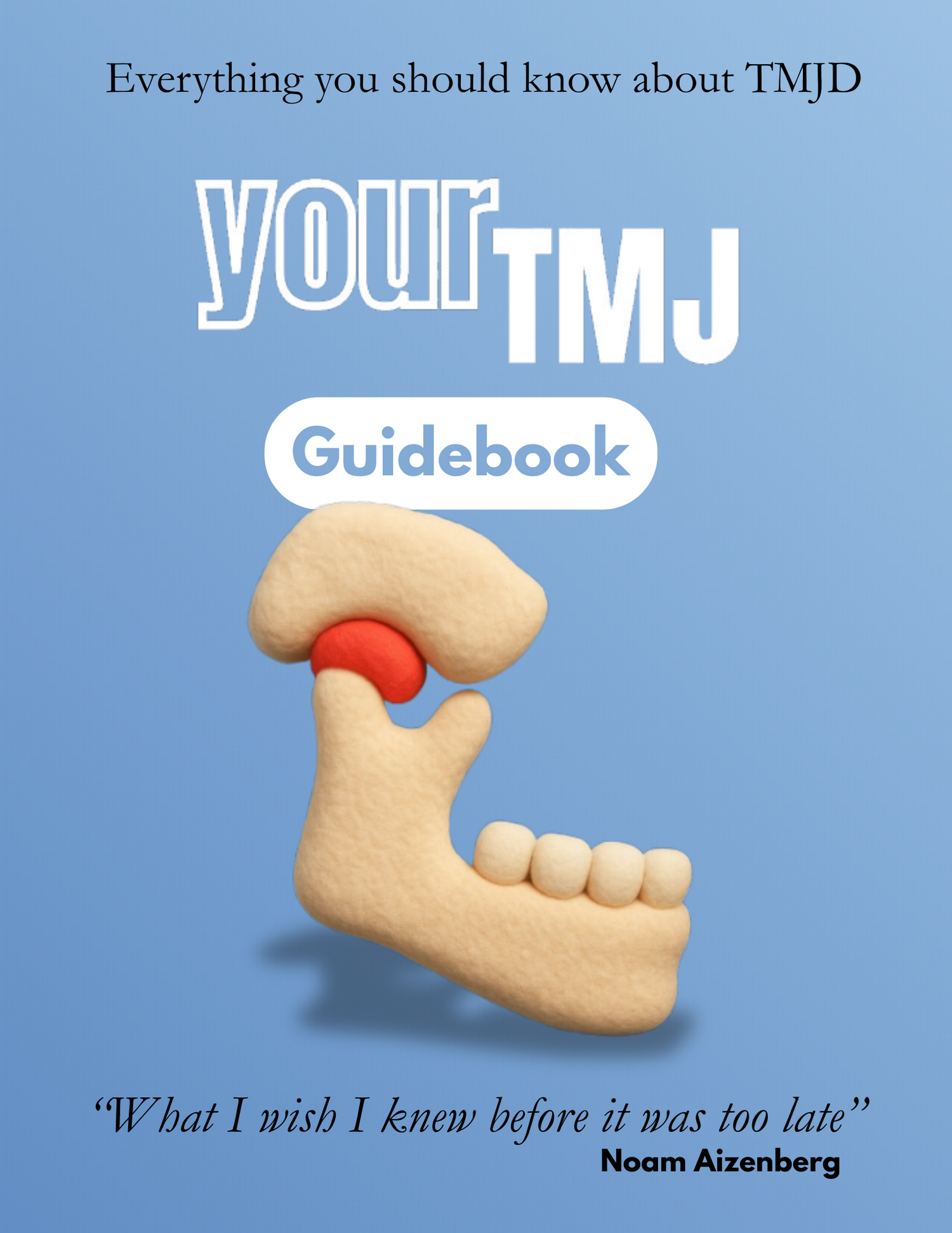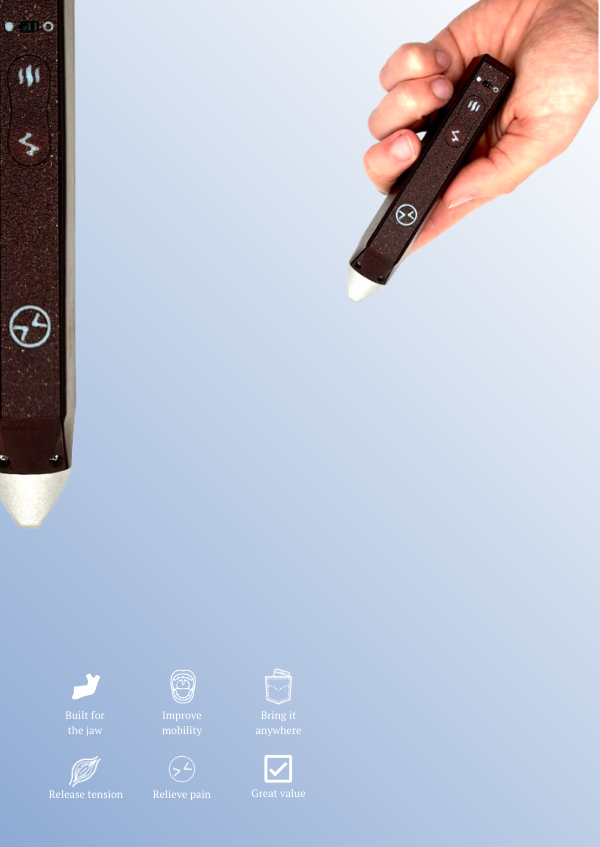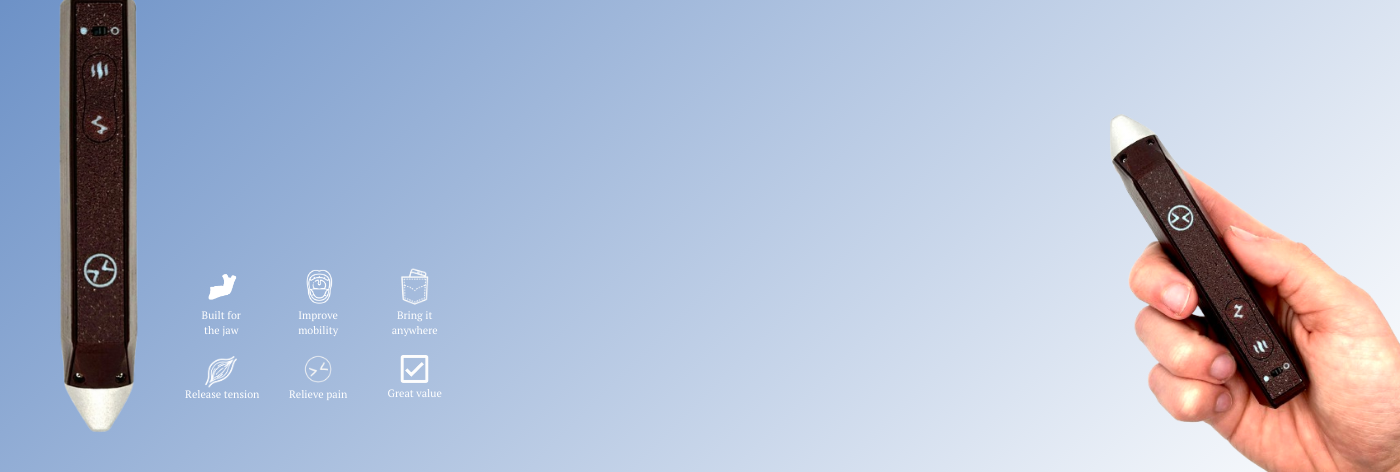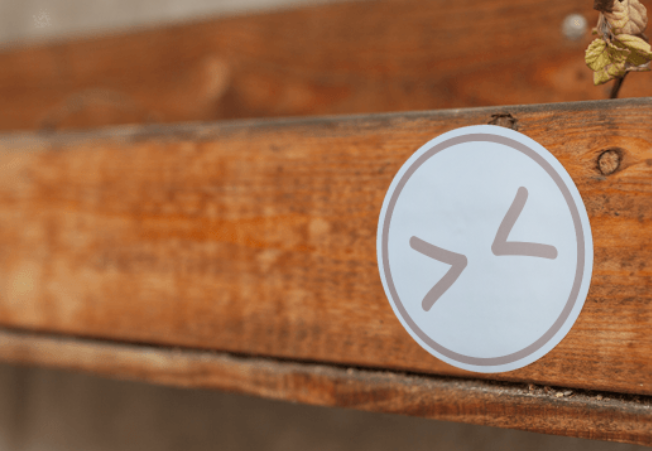What Does TMJ Feel Like?
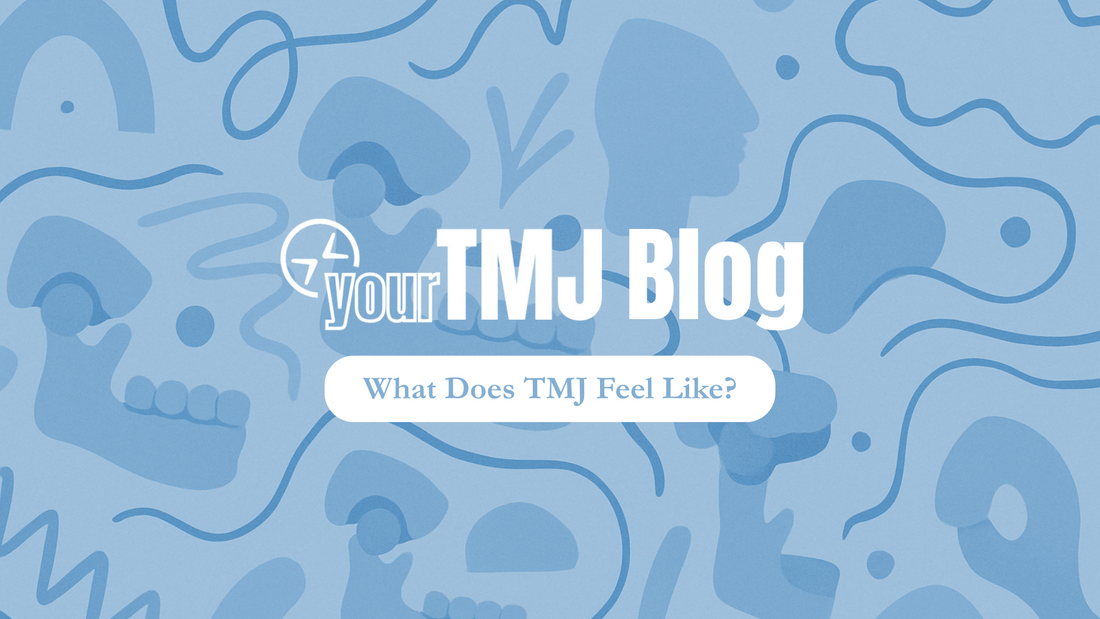
TMJ Disorder doesn’t feel the same for everyone. For some people, it shows up as a dull ache around the jaw. For others, it feels like an ear infection that never goes away, or a sharp stabbing pain when they yawn. The frustrating part is that TMJ pain can feel like a bunch of other things. It can even feel like it’s coming from your teeth, ears, neck, or head, when the root issue is actually around your jaw joint.
In this article, we’re going to break down what TMJ actually feels like, why the pain is so confusing, and what different types of symptoms might mean. If you’re someone who’s been dealing with pain and can’t quite figure out where it’s coming from, this should help connect the dots. And if you want a deeper dive, I put together a free 76-page guidebook that explains the root causes of TMJ Disorders and what to do about them, which you can find at the end.
The Classic TMJ Pain
A lot of people describe their TMJ pain as a dull, constant ache. It can be located right in front of the ears, where the jaw meets the skull. But it can also exist all over the jaw muscles, face and head It might feel worse when chewing or talking, and sometimes it radiates into the temples, cheekbones, or neck.
Other people get a sharper, more stabbing pain that shows up when they yawn or open their mouth wide. This might be a sign of joint dysfunction, as there are a lot of nerves within the TMJ that may be triggered by inflammation or forces from mobilization.
Muscle Tension and Referred Pain
One of the trickiest parts of TMJ Disorder is that it often feels like the pain is coming from somewhere else. That’s called referred pain, and it happens because the muscles and nerves around your jaw are so interconnected with the rest of your head and neck.
For example:
-
You might feel pressure/pain in your ears, but there’s nothing wrong with your ears
-
You might get headaches that are actually coming from tight jaw muscles
-
You might feel tooth pain, but it’s really from a trigger point in your masseter muscle
The muscles that control your jaw—especially the masseter, temporalis, and pterygoids—can develop knots or spasms that radiate pain all over your face. If you clench or grind your teeth at night, this kind of muscle pain is really common.
Other Sensations
TMJ issues aren’t always about pain. Some people experience weird mechanical sensations like:
-
Clicking or popping when opening or closing the jaw
-
A grinding or crunching sound in the joint
-
A feeling that the jaw is "off track"
-
Limited range of motion or locking
-
Fatigue when chewing
And then there’s the stuff that doesn’t even feel like it’s related to your jaw at all:
-
Ear fullness or muffled hearing
-
Tinnitus (ringing in the ears)
-
Dizziness or lightheadedness
-
Pain that shifts sides or feels hard to pinpoint
All of this can be connected back to the TMJ system. That doesn’t mean it definitely is, but it’s something worth exploring if nothing else has added up.
How to Tell if It’s TMJ
Here are a few self-checks:
-
Press gently on the joint in front of your ear. Is it sore?
-
Open and close your mouth slowly. Do you feel or hear any clicks?
-
Massage your masseter and temples - do you feel any spots that light up pain?
-
Does your jaw open in a straight line, or does it curve to one side?
- Do you have any noises coming from your TMJ?
None of these are definitive diagnoses, but they can help you start figuring out if your symptoms are jaw-related.
What to Do Next
If any of the sensations or pains described here sound familiar, the best thing you can do is start learning how the jaw works and what causes these issues in the first place. Because TMJ pain isn’t random. It usually comes from specific dysfunctions in your joint habits, posture, or muscles—and most of those can be improved with the right approach.
That’s why I wrote a 76-page guidebook that breaks it all down. It explains how to figure out whether your TMJ issues are muscle-based, joint-based, or something else entirely, and it includes step-by-step strategies for fixing them. You’ll also find exercises, postural tips, and ways to treat symptoms from home.
Check it out below if you want to finally get to the bottom of what your TMJ actually feels like—and what to do about it.
